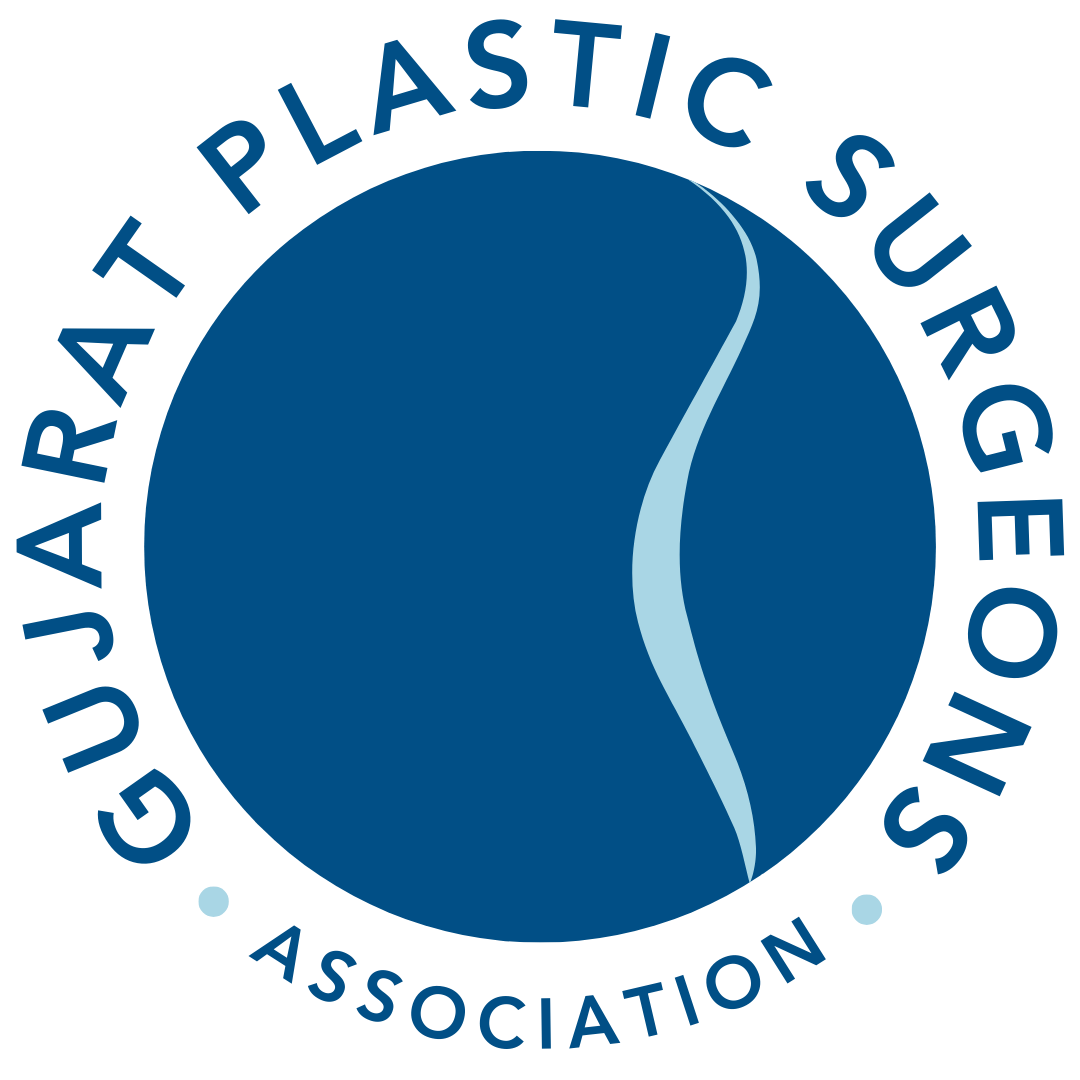

COSMETIC SURGERY
Cheek Enhancement
About The Treatment
Cheek enhancement is a cosmetic procedure designed to improve the volume, contour, and overall appearance of the cheeks. This can be achieved through various techniques, including fillers, implants, or fat grafting.
Indications for Cheek Enhancement
Volume Loss:
Desire to restore volume to sunken or flat cheeks.
Facial Contours:
Need for enhanced cheek definition and symmetry.
Aesthetic Goals:
Interest in achieving a youthful and refreshed appearance.
Techniques for Cheek Enhancement
Dermal Fillers:
Description:
Injectable fillers (like hyaluronic acid) are used to add volume and contour to the cheeks.
Benefits:
Non-surgical, quick recovery, and immediate results.
Longevity:
Results typically last 6 months to 2 years, depending on the product used.
Cheek Implants:
Description:
Surgical implants are placed to augment and enhance the shape of the cheeks.
Benefits:
Permanent solution with more significant changes compared to fillers.
Recovery:
Requires a longer recovery time due to surgical nature.
Fat Grafting:
Description:
Fat is harvested from another part of the body and injected into the cheeks to enhance volume.
Benefits:
Natural results and long-lasting effects, as the fat can integrate into the surrounding tissue.
Recovery:
Moderate recovery time, with potential swelling.
Procedure Steps
Consultation:
Goals, expectations, and medical history is discussed with the surgeon.
Evaluation of facial structure to determine the best approach.
Anesthesia:
Depending on the method, local anesthesia or sedation may be used.
Procedure Execution:
For Fillers:
Injected into targeted areas using fine needles.
For Implants:
Incisions made inside the mouth or under the cheeks, followed by implant placement.
For Fat Grafting:
Fat is harvested via liposuction and then injected into the cheeks.
Closing the Incisions:
Incisions (if any) are closed with sutures, which may be absorbable.
Recovery and Aftercare
Initial Recovery:
Swelling, bruising, and discomfort are common, varying by procedure type.
Pain management may include over-the-counter medications.
Postoperative Care:
Avoid strenuous activities and protect the treated area for several weeks.
Follow-up visits are essential to monitor healing.
Long-Term Care:
Final results may take several weeks to months to fully manifest.
Benefits
Enhanced Facial Contour:
Achieves a more youthful, defined appearance.
Increased Self-Confidence:
Improved body image and self-esteem.
Risks and Complications
Scarring:
Possible scarring from surgical procedures, though techniques aim to minimize this.
Infection:
Risk of infection at the injection or surgical site.
Asymmetry:
Potential for uneven results or facial asymmetry.
Allergic Reactions:
Risk of allergic reactions to fillers or anesthetics.
Unsatisfactory Results:
Need for revision or additional treatments if outcomes do not meet expectations.
Candidate Suitability
Ideal Candidates:
Individuals looking to enhance cheek volume and contour.
Patients in good overall health with realistic expectations.
Not Suitable For:
Individuals with certain medical conditions that impair healing.
Those with unrealistic expectations or seeking only minor changes.
Conclusion |
Cheek enhancement can significantly improve facial aesthetics and boost self-confidence. A thorough consultation with a qualified practitioner is essential to discuss potential risks, benefits, and expected outcomes, ensuring the best possible results. |